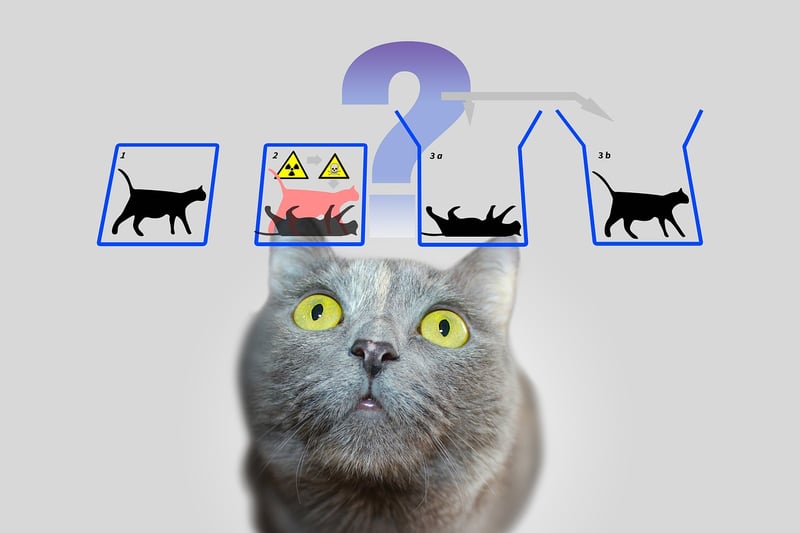Paradox Resolution Strategies
Dealing with Time Paradoxes and Paradox Resolution Strategies
Time paradoxes are a fascinating concept that often appear in science fiction and theoretical physics. They occur when actions in the past affect the future in a way that seems to defy logical causality. While time paradoxes are purely theoretical and not proven to exist, exploring them can be a mind-bending exercise in imagination.
Types of Time Paradoxes
There are several types of time paradoxes that are commonly discussed:
- Grandfather Paradox: Involves traveling back in time and preventing your grandfather from meeting your grandmother, thus preventing your own birth.
- Bootstrap Paradox: Involves an object or information existing without ever being created, such as a time traveler giving Shakespeare his own plays.
- Predestination Paradox: Involves a time traveler causing a chain of events that lead to the same time traveler going back in time in the first place.
Paradox Resolution Strategies
While resolving time paradoxes is a challenging task, several strategies have been proposed to make sense of these mind-bending scenarios:
- Novikov Self-Consistency Principle: Suggests that the timeline is fixed and any actions taken by time travelers were already part of history.
- Parallel Universes Theory: Proposes that each time travel action creates a new parallel universe, avoiding the need for a single consistent timeline.
- Multiverse Theory: Envisions an infinite number of parallel universes where all possible outcomes of time travel exist simultaneously.
Conclusion
Time paradoxes may remain a theoretical concept, but they continue to intrigue and inspire creative works across various media. Whether you believe in the possibility of time travel or not, exploring these paradoxes can stretch the limits of our imagination and challenge our understanding of causality and time itself.

For more information on time paradoxes and paradox resolution strategies, you can explore further resources here.
